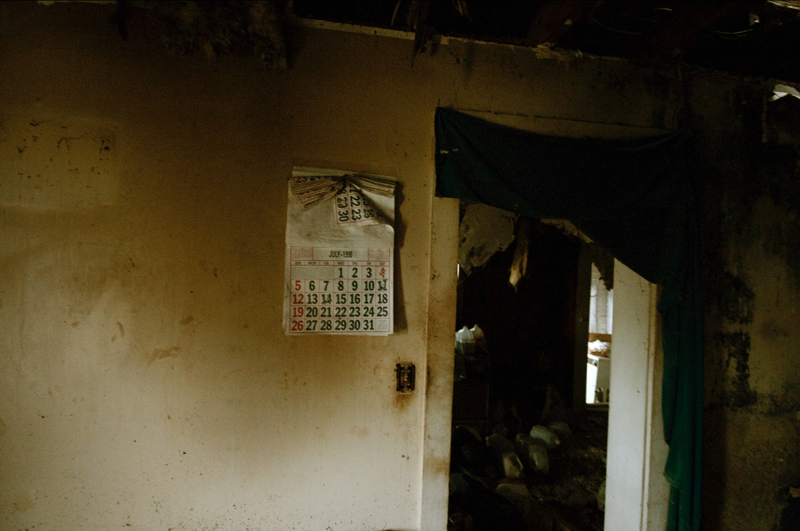Water damage is among the most common and costly homeowners’ claims. Water damage claims come second to wind and hail nationally. Interestingly, water damage doesn’t necessarily result from dramatic disasters like floods and hurricanes. Pinhole-sized water leaks, blocked gutters, and ineffective sump pumps are the common causes of water damage. These are easily preventable flaws that DIY enthusiasts can fix themselves. While homeowners in flood-prone areas should consult water experts for tips on stormwater prevention, dewatering and pumping, they can protect their homes with the following tips.

1. Clean Gutters
Gutters are crucial for channeling water away from the roof and foundation. However, for them to work effectively, they should be clean and connect with downspouts correctly. You should clean the gutters regularly to prevent blockage or obstructions. While this is a DIY task, consider buying an extension ladder or hiring experts for safety and efficiency. If you decide to hire an expert, click here to learn more about the process. You should protect gutters from ice dams during winter by installing ice dam protection on the roof.
2. Inspect the Chimney
Openings on exterior parts of your home are an avenue for leaks and water damage. Chimneys are giant holes on roofs that aren’t typically weather-sealed compared to doors and windows. Water can pass through uncapped chimneys, causing significant water damage to the attic, walls, and floors. You should inspect your chimney regularly for loose mortar and cracked bricks. You should also:
● Ensure the chimney cap is attached correctly
● Seal the chimney mortar
● Inspect metal flashing around the chimney to ensure water can’t pass between the chimney and the flashing
● Repair cracks in chimney mortar and bricks immediately
3. Check Drains and Pipes
Sink drains collect and divert water through waste pipes into the sewer. You should ensure this system works perfectly, lest it introduces leaks into cabinets, floors, and inside walls. You should also inspect areas under the sink to ensure there are no leaks. To maintain the functionality of the drains:
● Clean them regularly
● Avoid pouring grease and coarse liquids through the drain
● Always check the drain trap when cleaning
● Clean out filters and discard debris with trash and not through the drain
4. Maintain Your Appliances
Household appliances are the main cause of in-home water damage. You should regularly inspect and maintain household appliances according to the manufacturer’s directions. Worth mentioning are refrigerator hoses and washing machines. These systems easily wear out and start leaking, contributing to significant water loss and damage. Hoses typically have a life expectancy of five years. Replace your hose regularly to avoid water loss and costly repairs.
5. Install Water Detection Devices
You should also leverage technology to prevent water damage in your home. Water detectors are electronic devices that sound alarms upon sensing moisture. Unlike manual inspections, water detection devices detect slow leaks and low moisture levels that can easily go unnoticed. You should install these devices close to water heaters, washing machines, sump pumps, and dishwashers to prevent slow leaks, water pooling, and possible mold growth.
Endnote
Water damage can promote mold growth, rot dry walls, and weaken structural elements if not prevented or left unchecked. Homeowners should also monitor water pressure and bills, regrade their exterior soil, and plant vegetation around their homes to prevent water damage and costly repairs.
